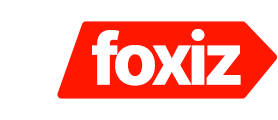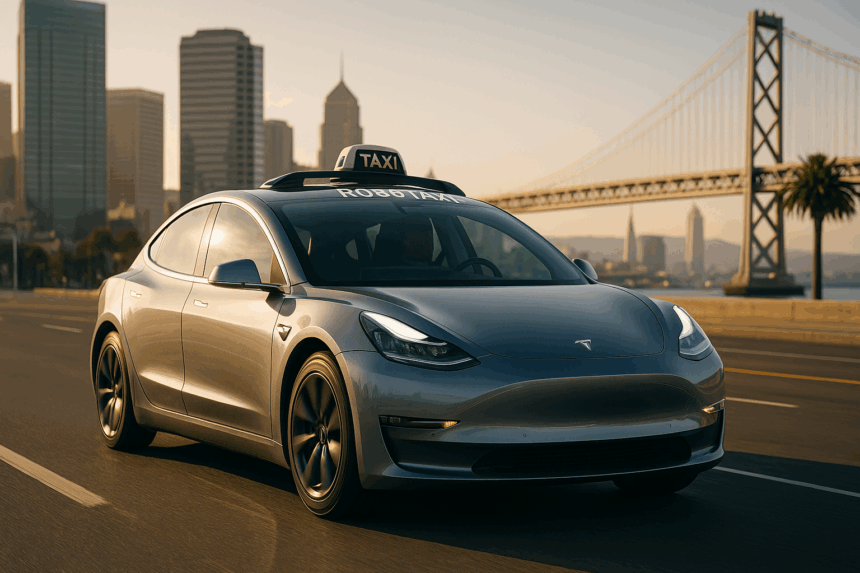Tesla files applications to deploy robotaxi services in Phoenix and San Francisco. The request brings the vision closer to expanding autonomous ride-hailing services in major metropolitan areas. This demonstrates Tesla’s commitment to transforming urban transportation through its Full Self-Driving (FSD) technology.
What’s Happening & Why This Matters
Tesla submits formal requests to California and Arizona regulators seeking permission to operate robotaxi fleets in San Francisco and Phoenix. These filings cover fully autonomous ride-hailing services without human safety drivers onboard.
The applications reveal Tesla’s plan to integrate its Full Self-Driving (FSD) technology with a ride-hailing platform powered by the Tesla app. Passengers would hail robotaxis via the app for on-demand transportation.
Phoenix and San Francisco present contrasting environments for robotaxi testing. Phoenix offers open roads and predictable traffic; Phoenix is ideal for early deployment. San Francisco’s complex urban layout stretches Tesla’s autonomous driving software; San Fran taxis navigate dense traffic and pedestrians.

These approvals are important milestones toward Tesla’s robotaxi vision. Tesla, via CEO Elon Musk, first unveiled its future plans years ago. Tesla wants to create a driverless fleet that generates revenue by ferrying passengers without human intervention.
The California Public Utilities Commission (CPUC) requires companies to demonstrate safety, data collection, and insurance measures for robotaxi licenses. Tesla’s submissions include safety protocols, data security policies, and insurance coverage plans aligned with regulatory standards.
Industry experts see this as a key test for Tesla’s Full Self-Driving readiness. Despite widespread enthusiasm, Tesla’s FSD system faces criticism over occasional failures and a lack of full regulatory approval. Operating robotaxis in public cities demands rigorous safety compliance.
Tesla’s competitor, Waymo, has operated autonomous ride-hailing in select cities for years with human safety drivers. Tesla’s filings suggest it plans to bypass safety drivers in robotaxis, which regulators will evaluate carefully.
In Phoenix, Tesla has already deployed robotaxi pilots but with human oversight. The new requests propose a broader rollout without onboard drivers, signaling increased confidence in FSD’s capabilities.
TF Summary: What’s Next
Tesla’s robotaxi applications in Phoenix and San Francisco are an advancement in autonomous ride-hailing. Regulatory approvals enable Tesla to launch commercial driverless taxi services soon.
These efforts will test FSD’s safety and reliability in diverse urban settings. Success could disrupt ride-hailing markets and accelerate the adoption of autonomous vehicles.
— Text-to-Speech (TTS) provided by gspeech


